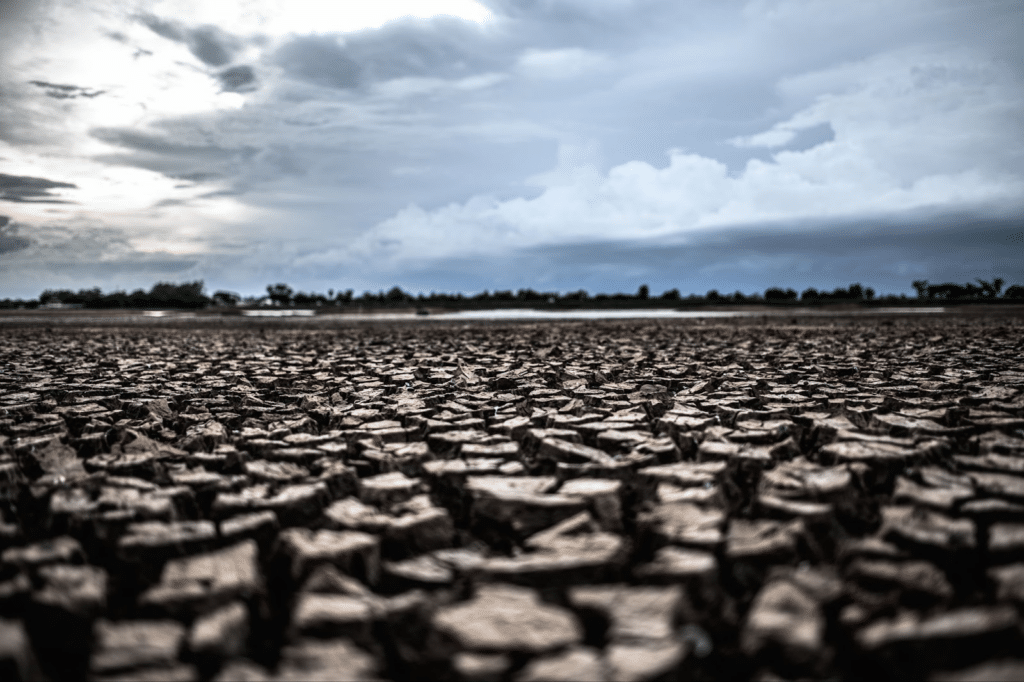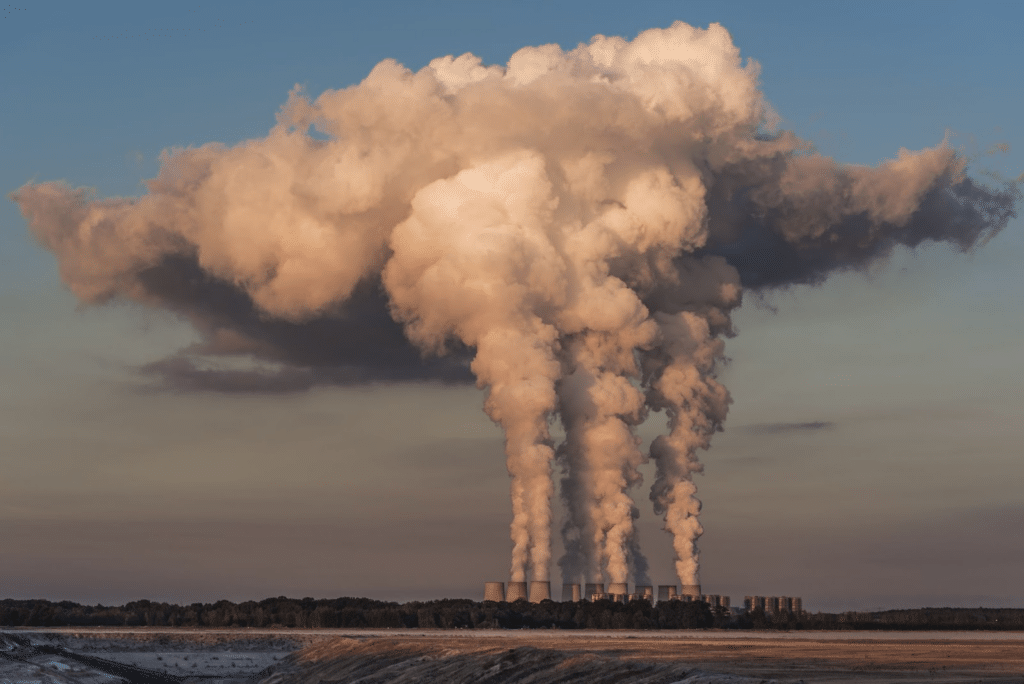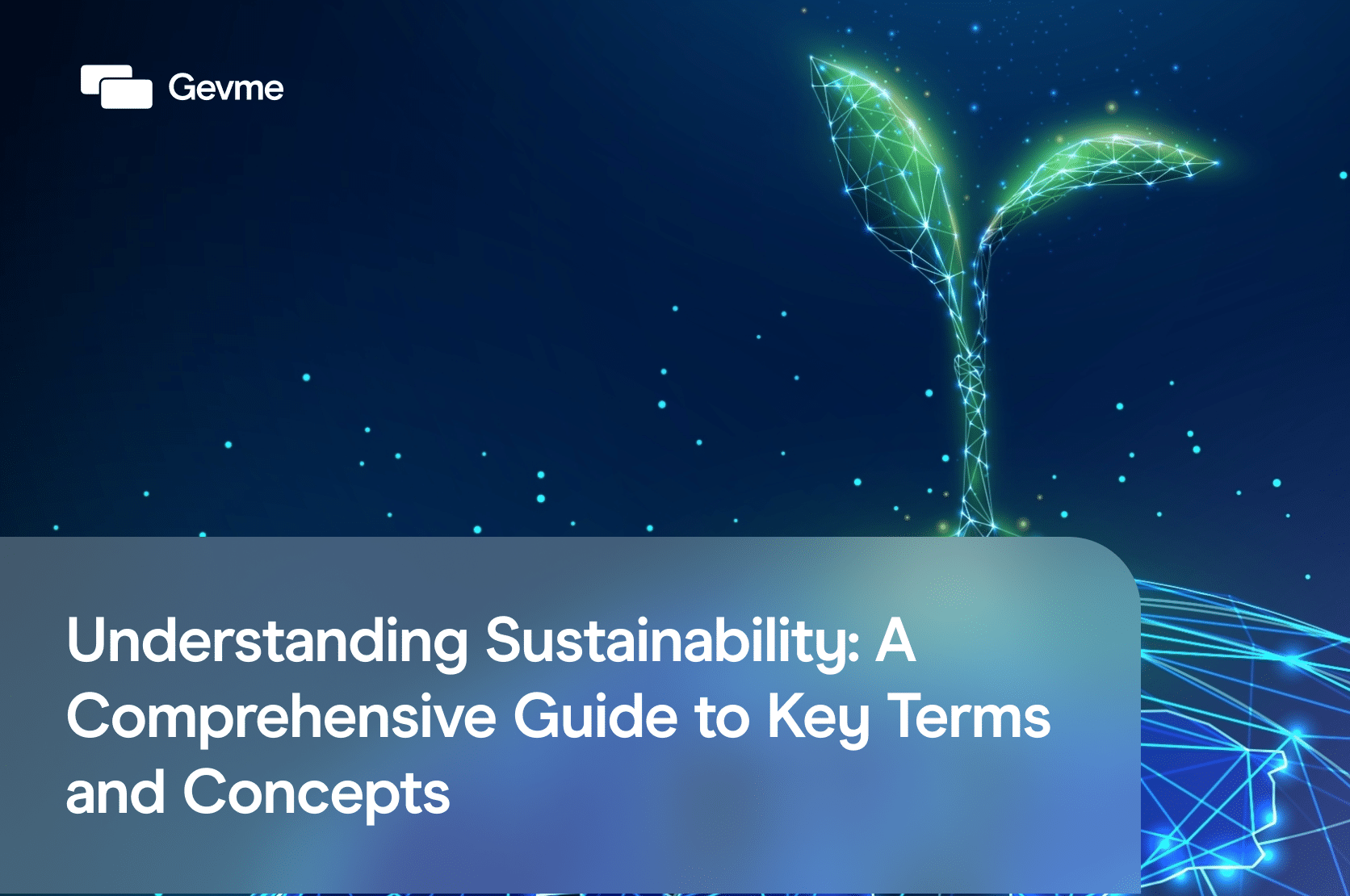Climate change is a pressing issue in our world today. As people have become more aware of the environmental impact of their activities, sustainability has become an increasingly important topic, especially in the event industry.
As a result, many terms have developed to describe the various aspects of sustainability. Not knowing these countless buzzwords, acronyms, and technical terms can make it challenging to navigate and understand the conversations around environmental issues.
This blog aims to break down some of the most commonly used jargon in the field of sustainability and sustainable events, providing you with a better understanding of the concepts and terminology.
Carbon credit
The right to emit one metric tonne of carbon dioxide or an equivalent amount of greenhouse gas emissions is represented by carbon credit. Many greenhouse gas emissions trading schemes, which seek to regulate or lower the overall level of greenhouse gas emissions in a certain region or industry, heavily rely on carbon credits.
The main goal of carbon credits is to give businesses a financial incentive to cut their greenhouse gas emissions. Companies that emit fewer greenhouse gases than the quota may sell the unused emissions allowance to other companies that emit more than their allotted amount in the form of carbon credits.
Carbon credits can be purchased by businesses, governments, or individuals to offset their greenhouse gas emissions. In order to build sustainable events, event organisers can buy carbon credits by effectively investing in emissions reduction projects that generate carbon credits, such as renewable energy projects, energy efficiency upgrades, or reforestation efforts.
Carbon footprint

Carbon footprint is a term used to describe the total amount of carbon dioxide emitted into the atmosphere by human activities, such as burning fossil fuels for energy, transportation, and other purposes. The concept of carbon footprint frequently also takes into account additional greenhouse gas emissions, such as those from methane, nitrous oxide, or chlorofluorocarbons (CFCs).
To calculate an individual or organization’s carbon footprint, we need to measure and add up all the emissions generated by various activities, such as:
- Energy use: This includes the amount of electricity and heat used in homes, businesses, and other facilities. Most electricity is generated by burning fossil fuels, so the more we use, the more GHGs are emitted.
- Transportation: This includes emissions from cars, buses, trains, aeroplanes, and other vehicles that burn gasoline or diesel fuel.
- Food and agriculture: This includes emissions from farming, livestock production, food processing, and transportation of food products.
- Waste disposal: This includes emissions from landfills, incineration, and wastewater treatment.
Carbon neutral

Carbon neutrality refers to the state of having no net carbon emissions. In other words, the amount of carbon dioxide released into the atmosphere is balanced by an equal amount that is removed from the atmosphere.
Being carbon neutral is important to create sustainable events because it helps to reduce the impact that our actions have on the environment. To become carbon neutral, a company or event organiser would need to measure how much greenhouse gas it is producing and then find ways to offset or neutralize that amount. This could be done by using renewable energy sources like wind or solar power, planting trees to absorb carbon dioxide, or investing in projects that reduce greenhouse gas emissions in other ways.
Circular Economy:

The circular economy is a system of production and consumption that is designed to minimise waste and maximise resource use. It aims to keep products and materials in use for as long as possible. This is achieved through practices such as reducing, recycling, reusing, refurbishing, and repairing products.
There are three main principles of a circular economy:
- Designing out waste and pollution: Products are designed to be reused, repaired, or recycled at the end of their life cycle. This means that waste and pollution are minimized, and materials are kept in use for as long as possible.
- Keeping products and materials in use: Products are reused or repurposed, and materials are recycled or remanufactured to create new products. This reduces the need for new resources and helps to conserve the planet’s finite resources.
- Regenerating natural systems: The circular economy aims to regenerate natural systems, such as forests, waterways, and oceans, through sustainable practices and the conservation of natural resources.
These principles can act as a defining structure while desiging swag bags and other mechandise for sustainable events.
Decarbonisation
Decarbonization or Carbon offsetting refers to the process of reducing or eliminating greenhouse gas emissions, particularly carbon dioxide, from various sources. It is seen as an essential pathway to achieving net zero emissions, which is a critical goal while creating sustainable events.
There are various ways to achieve decarbonization, such as:
- Energy transition: Decarbonizing the energy sector is a key component of decarbonization efforts. This involves transitioning from fossil fuels, such as coal, oil, and gas, to renewable energy sources like wind, solar, and geothermal.
- Energy efficiency: Another way to reduce greenhouse gas emissions is to increase energy efficiency. This involves using less energy to achieve the same level of output.
- Carbon capture and storage: Carbon capture and storage (CCS) involves capturing CO2 emissions from power plants or industrial processes, and then storing them in geological formations, such as depleted oil and gas reservoirs.
Many countries, cities, and businesses have set decarbonization targets as part of their efforts to reduce greenhouse gas emissions and transition to a low-carbon economy.
ESG
ESG stands for Environmental, Social, and Governance. ESG factors are used to assess the performance of companies.
-Environmental factors include issues like climate change, natural resource use, and waste management.
– Social factors include issues related to human rights, community engagement, and diversity.
-Governance factors refer to issues like executive compensation, board composition, and shareholder rights.
Global warming

Global warming refers to the long-term increase in the average temperature of the Earth’s atmosphere. It is primarily caused by human activities, such as burning fossil fuels, deforestation, and industrial processes, which release large amounts of greenhouse gases into the atmosphere that gets trapped in the Earth’s atmosphere. Human activities have led to an increase in the concentration of these gases, leading to severe global warming.
To address global warming, it is necessary to reduce greenhouse gas emissions and transition to a more sustainable, low-carbon economy. This can be achieved through a variety of strategies, including investing in renewable energy, improving energy efficiency, promoting public transportation, and implementing policies and regulations to reduce emissions from various industries. The event industry can reduce their greenhouse gas emissions by switching to sustainable practices and creating sustainable events.
Greenhouse gases

Greenhouse gases are gases that trap heat in the Earth’s atmosphere, similar to how a greenhouse traps heat to keep plants warm. These gases, including carbon dioxide, methane, and nitrous oxide, are important for life on Earth as they help to regulate the planet’s temperature and keep it habitable.
However, human activities like burning fossil fuels, deforestation, and industrial processes have led to an increase in the concentration of these gases in the atmosphere, leading to an enhanced greenhouse effect and global warming. This can cause a variety of negative impacts, including rising sea levels, changes in weather patterns, loss of biodiversity, and health and economic impacts. It’s important to reduce greenhouse gas emissions by investing in renewable energy, improving energy efficiency, promoting public transportation, switching to sustainable events.
Greenwashing
Making false or deceptive claims about a product’s or service’s environmental advantages is known as “greenwashing.” Greenwashing can take many forms, from vague or ambiguous claims about a product’s environmental benefits to outright false or exaggerated claims.
Companies use greenwashing to appeal to consumers who are concerned about sustainability, without actually making any significant changes to their practices making it harder for consumers to differentiate between truly sustainable products and those that are simply making false claims.
To avoid greenwashing, consumers should look for third-party certifications and investigate claims made by companies.
Net Zero
Net zero refers to a state where the amount of greenhouse gases (GHGs) emitted into the atmosphere by human activities is balanced by the amount of GHGs removed from the atmosphere. In other words, it is a state where the net impact of human activities on the climate is zero, and the amount of carbon emissions released into the atmosphere is equal to the amount that is removed.
To achieve net zero, there are two main approaches: reducing emissions and removing carbon from the atmosphere. The reduction of emissions involves reducing the amount of greenhouse gases that are released into the atmosphere through various means, such as transitioning to renewable energy, improving energy efficiency, using low-carbon transportation options, and reducing waste.
Renewable Energy:

Renewable energy refers to the energy that is generated from sources that are replenished naturally, such as wind, solar, hydro, and geothermal power. These sources of energy are considered to be more sustainable than fossil fuels, which are finite and contribute to climate change. Event planners while planning sustainable events should focus on finding venues that use renewable energy.
There are several types of renewable energy sources, including:
- Solar energy: Solar energy is generated by capturing sunlight and converting it into electricity.
- Wind energy: Wind energy is generated by capturing the kinetic energy of wind and converting it into electricity through the use of wind turbines.
- Hydroelectric power: Hydroelectric power is generated by capturing the energy of falling water and using it to turn turbines that generate electricity.
- Geothermal energy: Geothermal energy is generated by tapping into the Earth’s internal heat and using it to generate electricity.
Sustainability
Sustainability is about meeting the needs of the present without compromising the ability of future generations to meet their own needs. It’s about finding ways to use resources in a way that doesn’t harm the environment or deplete them, so that they can be available for future generations. This includes things like using renewable energy sources, reducing waste and pollution, and promoting social and economic equality. It’s about finding a balance between the needs of people, the planet, and the economy so that we can create a better future for everyone.
Sustainability Reporting
Sustainability reporting is the process of collecting and disclosing information about a company’s social, environmental, and economic performance. This includes information about the company’s carbon footprint, resource use, waste generation, and social impact.
Sustainability reporting helps companies be more transparent about their practices and identify areas where they can make improvements.
Upcycling
Upcycling is the process of transforming waste materials or unwanted products into new products of higher value. Unlike recycling, which breaks down materials into their raw form to create new products, upcycling involves creatively repurposing existing materials or products to give them a new and improved purpose. This reduces the amount of waste that goes to landfills and contributes to a more sustainable economy.
To sum up, knowing these sustainability jargons can help people and organisations make informed decisions about their practices and consumption habits to reduce the impact they have on the planet and work towards a more sustainable future.








